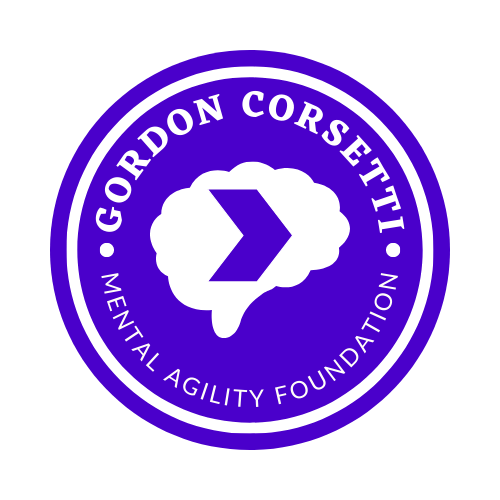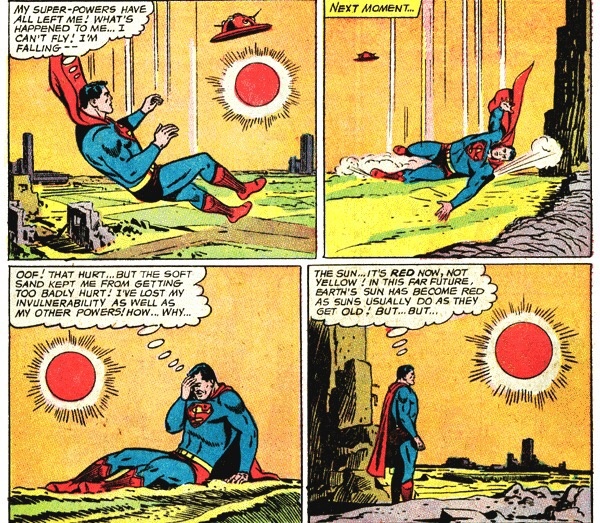Let There Be Light!
/“Maybe you have to know the darkness before you can appreciate the light.”
- Madeline L’Engle
When I get under the covers, the light on my nightstand is a soft red.
Shorty after my alarm goes off in the morning, a different light bathes the room in a bright blue light.
These lights are in my bedroom because they give me advantages over my depressed and anxious mind. Indirect techniques that provide me more agency over my mental illnesses. I bought a red-tinted bulb for two dollars, and paid about seventy dollars for a well-reviewed blue light therapy lamp.
Our environment plays a massive role in how we think, but we don’t like to acknowledge that fact in our culture. Mental toughness is the ability to maintain your focus, drive, and energy no matter what you may run into externally. Yet, we all know that on dark, and dreary days, we feel slow. Our thoughts feel more sluggish than normal. We are more easily upset on our morning commute when driving on a rainy, cold day.
Strange, isn’t it? That we can be in the exact same spot in traffic on a miserably cold and wet January morning and be furious, and in June, with the sun warming our face and a nice breeze in the air, we can be calm and relaxed.
I heard the saying, mind over matter, plenty as a young boy.
“If you don’t mind, it doesn’t matter.”
This goes to the core of perseverance and grit. Excellent qualities to refine over the course of a lifetime, but we would be remiss if we did not use our minds to make it matter even less. The more I read about human evolution, the more I try to hack my habitat to put me in the best frame of mind possible.
Even comic book superheroes are impacted by light!
Red light in the evening simulates the same colors as the end of a sunset. My ancestors, your’s too, spent the end of every day watching the sun disappear beyond the horizon. Yellow faded into orange, and orange bled into hues of red. Early hominids spent millennia dependent on a light source they could not control. When the sun went down, the day was over, time to sleep.
Even after early humans discovered and learned to control fire, the same colors were present. A crackling fire in a cave is a blend of reds, oranges, and yellows. Further cementing these colors in the human psyche to mean that a day is nearing its end.
Blue light in the morning simulates, you guessed it, a bright and cloudless day. Is there anything more enjoyable than being outside on a perfect day? The spirit soars, the mind feels sharp and quick, and the body is energized.
While I do not have the power to control the weather, I can introduce blue light into my day whenever I want. Since my depression is strongest in the morning, I use the blue light to banish dark thoughts. Giving me energy when my reserves are low, and when my mental defenses are not quite up to speed.
Andrew Solomon, in his book The Noonday Demon, interviewed a Senegalese man who described the challenges his people faced when Western mental health professionals came to treat their ill. This is a great contrast between cultural ideas of mental wellness.
They did not identify the illness as an invasive external thing. They did not get the entire village to come together and acknowledge it together and all participate in trying to support the person who was getting treated. Treatment was not out in the bright sunshine where you feel happy. There was no music or drumming to get the heart running as the heart should run. Instead, they took people one at a time into sort of dingy little rooms for an hour at a time and asked them to talk about the bad things that had happened to them. Which, of course, just made them feel much worse, almost suicidal. We had to put a stop to it.
No person’s mental willpower is infinite. We can increase the endurance of our willpower, but we always deal with a finite amount. I modify my environment so my mind is in an optimal state. I use less willpower in an environment tailored to my mental health; this gives me more willpower when I am in more challenging environments.





